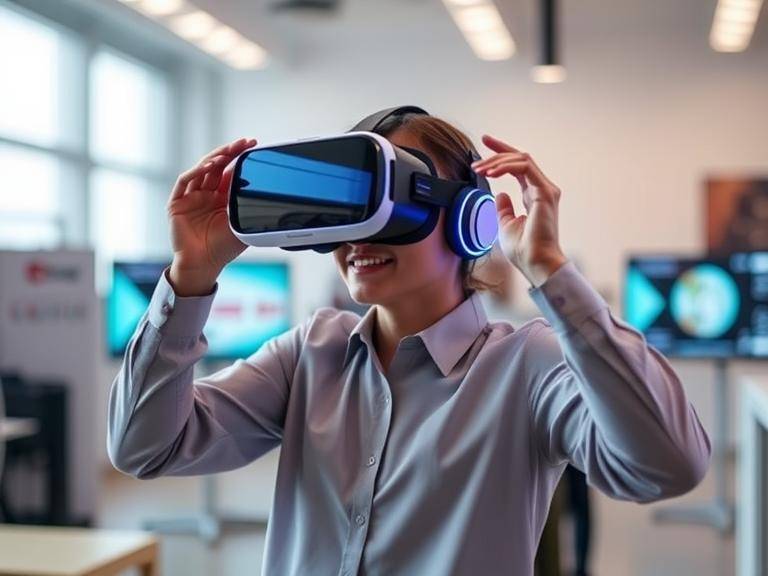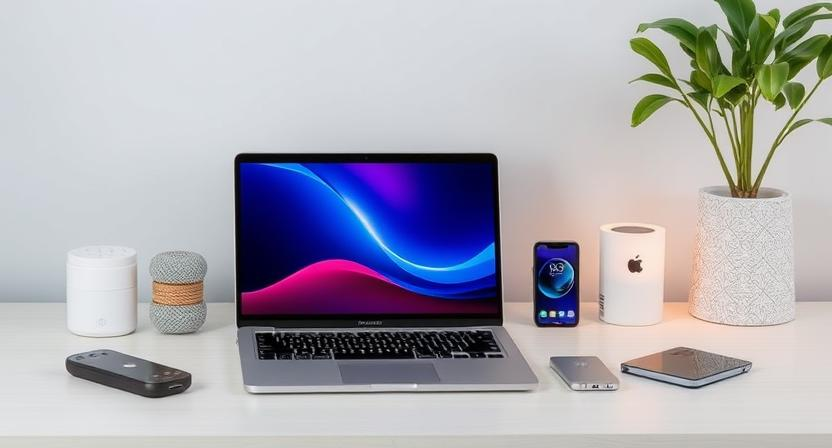Your basket is currently empty!

Virtual Reality (VR) is no longer limited to gaming. Today’s VR gadgets are increasingly being used in education, medicine, business, and even therapy—offering immersive experiences that go far beyond entertainment.
VR headsets like the Meta Quest, HTC Vive, or PlayStation VR create 3D digital environments that users can explore in real time. These gadgets track movement and position, allowing users to interact naturally with the virtual world. Add haptic gloves or full-body suits, and the immersion deepens even further.
In education, VR is transforming the way students learn. History classes can involve walking through ancient Rome, and biology students can explore the human body in 3D. This “learn by doing” approach improves engagement and understanding.
In healthcare, VR is used for surgical training, pain management, and even mental health therapy. For example, exposure therapy in a virtual environment helps patients confront fears in a controlled, safe way.
In remote work and business, VR meetings and virtual offices are starting to replace video calls. You can now have brainstorming sessions, design collaborations, or training simulations in fully virtual spaces.
However, VR still faces challenges: high costs, motion sickness, and limited mainstream content. But these barriers are slowly disappearing as technology becomes more accessible and refined.
The future may bring lighter, wireless headsets with 8K resolution, eye-tracking, and better integration with AI. As the virtual and real worlds merge further, VR gadgets may soon become as essential as smartphones—opening up new realities in every aspect of life.

Leave a Reply